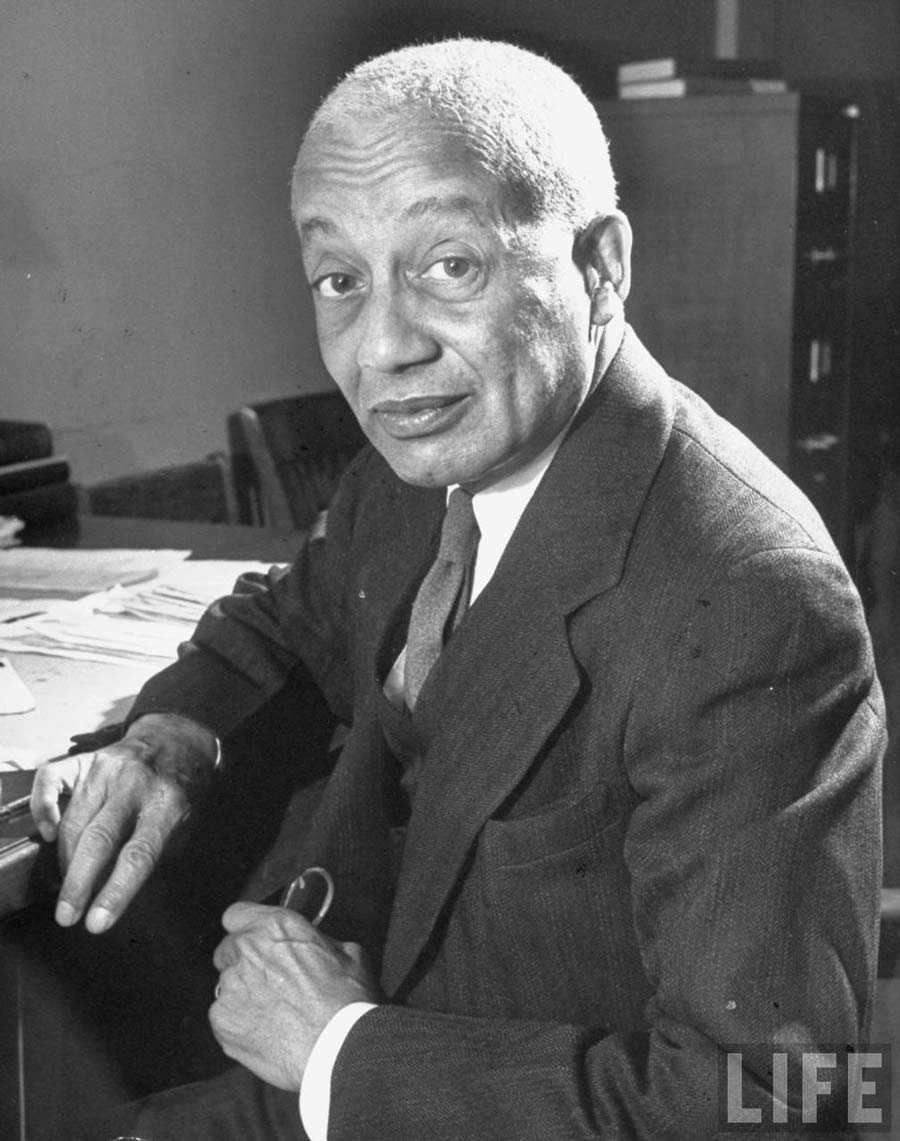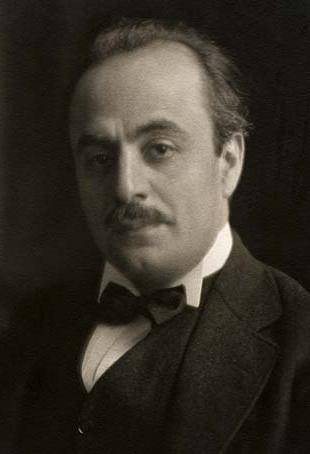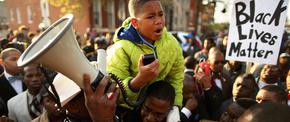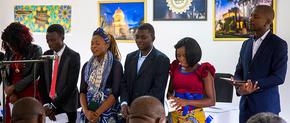As the Baha’i community prepares to celebrate the 200th anniversary of the birth of Baha’u’llah, the Harvard Divinity School is also commemorating its bicentenary.
This confluence of noteworthy anniversaries has more in common than the mere overlap of dates. In the late 19th and first half of the 20th centuries, a number of eminent American philosophers, artists, and writers connected to both the Baha’i Faith and Harvard University were engaged in a dynamic, emerging discourse on unity.

Professor Francis Clooney, Director of the Center of the Study of World Religions at Harvard, introduces Sasha Dehghani’s talk on the unity of religion.
This was a subject of a recent presentation, which addressed how the Baha’i principle of unity expressed itself in the development of the American Baha’i community. The presentation took place at Harvard’s Center for the Study of World Religions and was titled “The Religion of Unity and the Unity of Religion.” It was given by Sasha Dehghani, a visiting scholar at Harvard, who is doing research on the Baha’i Faith as an independent world religion.
“When I first arrived at Harvard,” said Dr. Dehghani, “Prof. Francis Clooney, Director of the Center of the Study of World Religions, welcomed me by saying: ‘We need religions today that create unity and tear down walls.’”
Addressing how the concepts of unity and the oneness of humankind shaped Baha’i endeavors in the early years of the American Baha’i community, Dehghani highlighted major milestones and discussed some of the significant thinkers of that time.
The earliest public mention of the Baha’i Faith in the United States was at the World’s Parliament of Religions in Chicago in 1893, where the concept of the unity of religions was among the most remarkable topics explored.

Sarah Farmer
The spirit that animated the World’s Parliament that year inspired Sarah Farmer, the owner of the Green Acre Inn in Maine and one of America’s early religious innovators, to offer conferences on progressive subjects in the sciences, arts, and religion. These gatherings brought together leading writers, educators, philosophers, artists, and activists and opened a space for ideas to be exchanged and for thought to advance.
In his book Restless Souls: The Making of American Spirituality, historian Leigh Eric Schmidt comments on the impact of Green Acre on public discourse in the early twentieth century: “The Green Acre gatherings thrived for more than two decades; the World’s Parliament lasted all of seventeen days.”
Eventually, Sarah Farmer’s work brought her into contact with the Baha’i Faith, and she traveled to Akka at the turn of the century to meet Abdu’l-Baha, who later visited Green Acre during his journey to America in 1912. Many of Abdu’l-Baha’s talks in the United States over the course of that year focused on the unity of religions and unity among the races, particularly between black and white Americans:
In the clustered jewels of the races may the blacks be as sapphires and rubies and the whites as diamonds and pearls. The composite beauty of humanity will be witnessed in their unity and blending. How glorious the spectacle of real unity among mankind! How conducive to peace, confidence and happiness if races and nations were united in fellowship and accord! The Prophets of God were sent into the world upon this mission of unity and agreement: that these long-separated sheep might flock together. – Abdu’l-Baha, The Promulgation of Universal Peace, p. 56.

W.E. Du Bois
During the early twentieth century, a number of America’s religious thinkers were in touch with Farmer or visited Green Acre and participated in the dynamic exchange of ideas that took place there. Among them were the Harvard scholars William James and W.E.B. Du Bois, two of the most prominent and influential American writers and philosophers of the time. William James, in turn, invited Ali Kuli Khan, an Iranian diplomat and prominent member of the Baha’i community, to give presentations on the Baha’i Faith at Harvard University.
Du Bois, who had been a student of James, received his doctorate from Harvard and was the first African American to do so, graduating in 1895. His work as the founder of the National Association for the Advancement of Colored People (NAACP) brought him into contact with Abdu’l-Baha, who gave a speech at its fourth conference in 1912. Du Bois, as pointed out by Guy Mount in his research, later published the speech in the official magazine of the NAACP, along with a photograph of Abdu’l-Baha.

Alain Locke
A contemporary and close colleague of Du Bois, Alain Locke was also among the most eminent thinkers of the time. Locke was the first African American Rhodes Scholar, and he is often remembered as the “Dean” of the Harlem Renaissance. In a biography on Locke, Christopher Buck suggested that Du Bois may have been the one who introduced Locke to the Baha’i Faith. He received his PhD from Harvard in 1918, the same year he became a Baha’i. Du Bois and Locke’s profound contributions to philosophy were recognized widely—the Reverend Martin Luther King, Jr. compared their influence to that of Plato and Aristotle.
The early American Baha’i community also included Albert Vail and Stanwood Cobb, graduates of the Harvard Divinity School and prior Unitarian ministers. Vail published an impressive article on the Baha’i Faith emphasizing its principle of unity in the Harvard Theological Review in 1914.
While the Harvard University and Green Acre represented significant meeting points for leading writers and philosophers of the time, Dehghani’s lecture also noted that the influence of the emerging discourse on unity reached other prominent thinkers in the northeastern United States.

Khalil Gibran
The Lebanese-American artist, poet, and writer Kahlil Gibran lived in Boston in the early twentieth century. Best known for his work The Prophet, Gibran’s writings explored the unity of humankind and of religion. Gibran was introduced to Abdu’l-Baha through Juliet Thompson, a Baha’i and fellow artist, and in the spring of 1912, he had an opportunity to sketch a portrait of Abdu’l-Baha and attended several of Abdu’l-Baha’s talks.
The pursuit of unity within the American Baha’i community expressed itself in the creation of devotional spaces open to all. In 1912, Abdu’l-Baha laid the cornerstone of the first Baha’i House of Worship in the Western hemisphere, which was dedicated in Chicago in 1953 and remains today a potent symbol of the unity of all people and religions.
Dehghani noted that it was fortuitous that this bicentenary period allowed for an opportunity to reexamine such a critical issue—the unity of the human race. In reflecting on this moment, he commented that it is timely to consider the place of the Baha’i Faith among the world religions and the implications of the principle of the oneness of humankind, as set down by Baha’u’llah, at this moment in history.

















Comments
Sign in or create an account
Continue with Facebookor